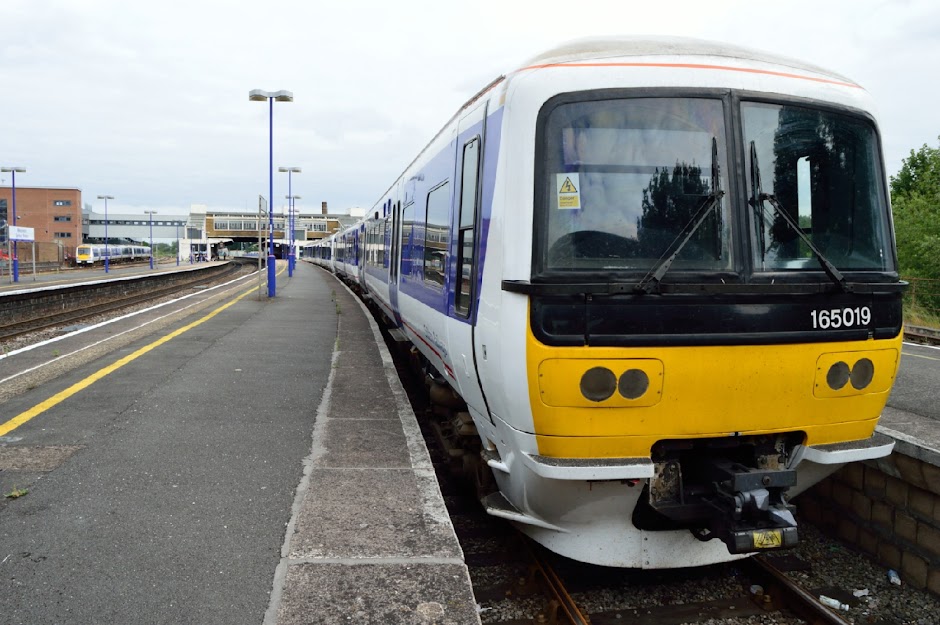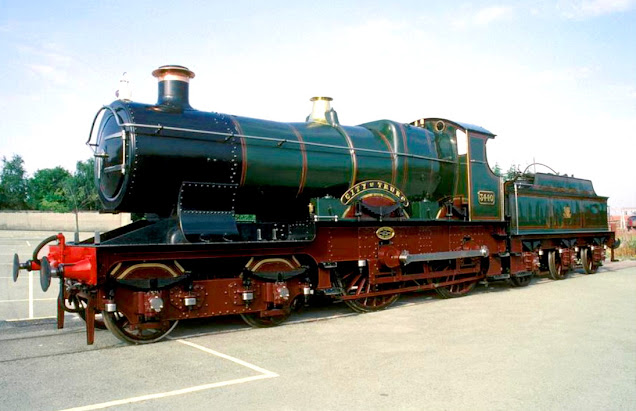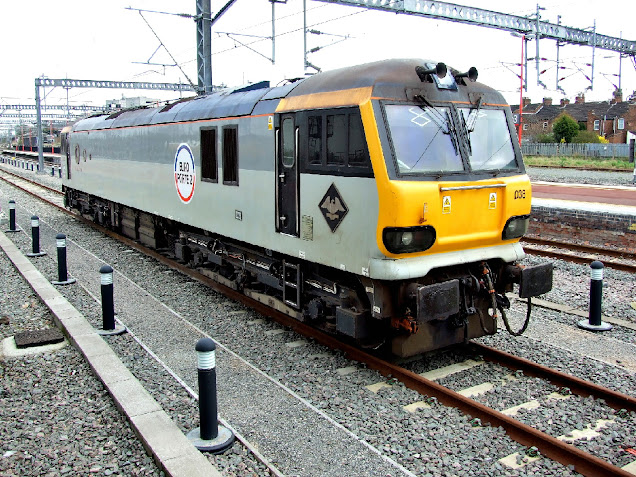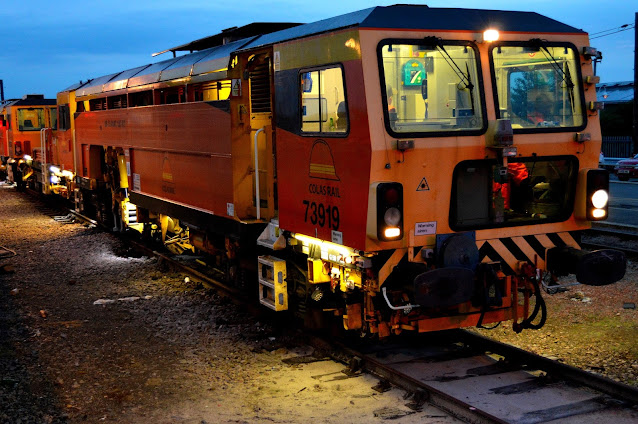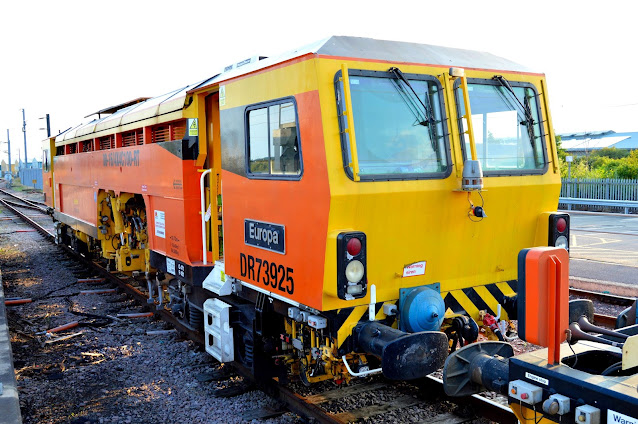Photos/History of the King Arthur Class Steam Locomotive
 |
| Class 777 'Sir Lamiel' In 1952, 777 'Sir Lamiel', later renumbered 30777, carried a shed code number of 74C, a location for Dover/Folkestone on the south-east Kent coast, UK . |
 |
| Dover Loco Shed 1951 Photo: Shed Bash UK - Blogger |
Encouraged by the relative success of his London & South Western Railway UK steam locomotive, the mixed-traffic H15 introduced in January 1914, Robert W. Urie set about developing an express passenger train engine. The result was the 4-6-0 N15, a loco that took some of the successful attributes from one of his previous designs – the H15.
Although
the Walschaerts valve gear and original H15 cylinder stroke were
retained, the driving wheels of the new locomotive were enlarged by
6ins to 6ft. 7ins, and the cylinder bore expanded to 22ins. With a
number of other amendments to various moving parts, the N15
ultimately gave a smooth ride and produced a boiler pressure of 180
lbs. sq. in. and a tractive effort of 26,245 lbs (slightly variable
in some examples).
However,
as with everything in life there is usually a price to pay for
comfort, quality and reliability. In this particular case such was
the extreme force inflicted on the railway tracks where the N15 ran,
it was reported to have been one of the highest for locomotive wear
and tear on tracks and sleepers.
Despite
this potential drawback, in August 1918 the first N15 steam
locomotive was out-shopped from Eastleigh Works, Hampshire, UK, at a
production cost of £6,740. It bore the number 736. Before the year
was out two more locos of the class, Nos. 737 and 738, had been
manufactured.
Following
the end of World War 1, and the subsequent lifting of the wartime 60
mph speed restriction, a number of faults began to appear as a result
of faster running times; severe reductions in steam pressure;
occasional frame fractures and hot axle boxes became fairly common.
Between
June 1922 and March 1923, ten further steam locomotives were completed and
subsequently despatched to the Nine Elms, Salisbury and ExmouthJunction (Exeter) sheds to take up main line duties.
In
1924, Richard Maunsell, Chief Mechanical Engineer of the SouthernRailway, decided to improve the overall performance of the N15.
After a succession of trials involving 'the worst of the bunch' - N15
No 742 Camelot - Maunsell
made a number of modifications that greatly improved performance
involving blastpipe and chimney redesign, exhaust/draughting
enhancement and increased boiler pressure.
 |
| 30771 'Sir Sagramore |
As
a result of these advancements to the N15, the Southern Railway
wanted more of the same. With Eastleigh Works unable to manufacture
them at the time, construction was switched to Scotland and the NorthBritish Locomotive Company, (NBL), Glasgow. By 20th
July, 20 engines were in service.
Nicknamed 'Scotchmen' or 'Scotch
Arthurs', the new locomotives began to develop faults. Although
nothing was actually proved, it was believed that these defects had
come about due to NBL cutting corners during production.
For the final batch of N15s, No's 793
– 806, building of the locos was switched back to the Eastleigh
Works between 1926 and 1927; essentially produced for the London to
Brighton Line, known as the 'Central Section'.
The majority of the 74 'King Arthurs'
were seen all over Southern England, from Dover in Kent to the
south-west for more than 30 years before withdrawal of the class
inevitably began.
The
first locomotive to go in January 1953 was Urie N15 No. 30754 'The
Green Knight'
with a fractured frame.
Two
years later four more Urie's were withdrawn and scrapped – 30740
Merlin,
30743 Lyonnesse,
30746 Pendragon
and 30752 Linette.
The
final Urie loco, No. 30738 'King
Pellinore',
was withdrawn from Basingstoke shed in March 1958 and cut up.
However,
the Maunsell locos continued in service until the very early 1960's
until the last of the class, No. 30770 'Sir
Prianius', was
withdrawn
in November 1962.
Following
withdrawal from main line service in October 1961, one particular
locomotive No. 30777 'Sir
Lamiel',
(a 'Scotch Arthur') was saved from scrapping and is now part of the
National Collection in the National Railway Museum at York, UK.
Though it can at times be seen providing the motive power for various
'specials' across England.
More steam locomotive 'Photos and History' pages.
Photos and History of Q1 Class 0-6-0 UK Steam Locomotive
Photos and History of GWR 'City' Class 4-4-0 UK Steam Locomotive
King Arthur Class Steam Locomotive on YouTube:
Best of Class No.777 'Sir Lamiel'.
Don't forget to subscribe to 'Along These Tracks' to get all new posts and updates sent directly to you.
